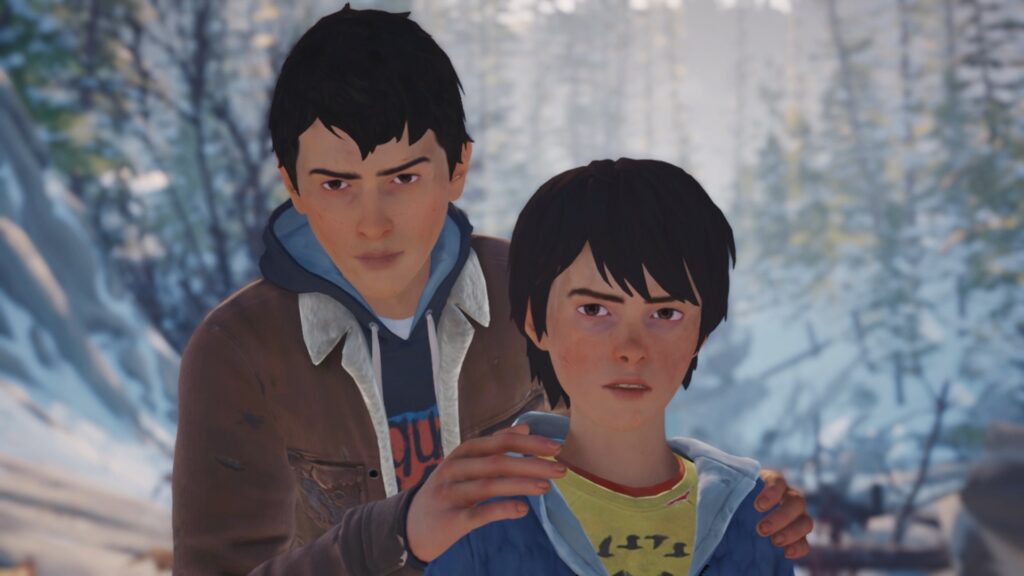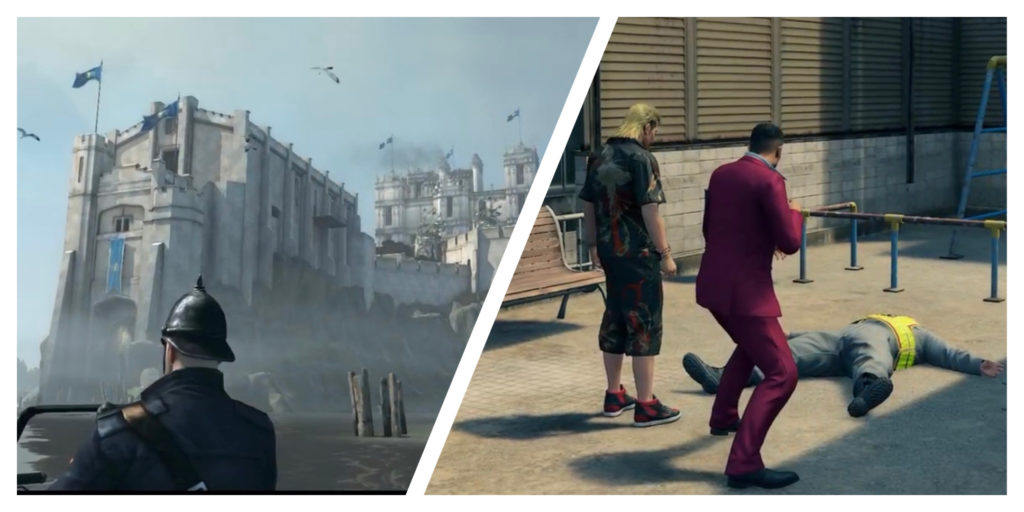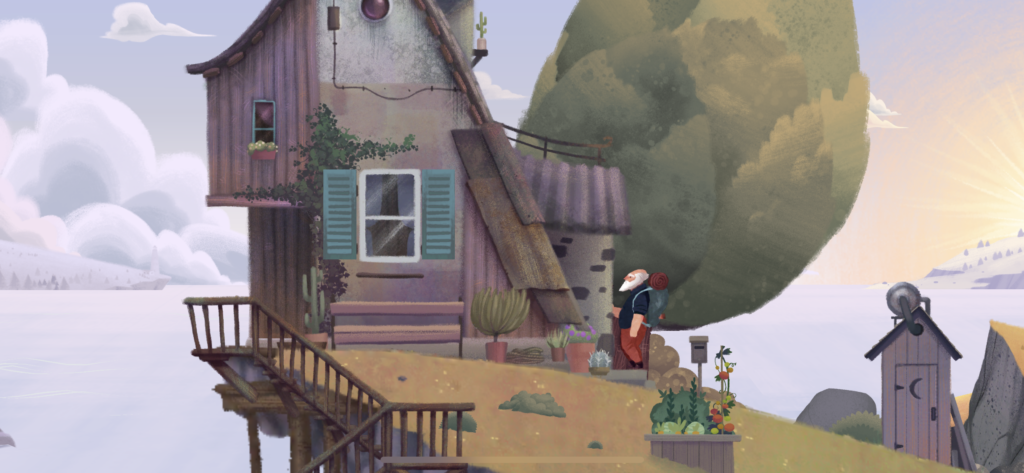
Life is Strange 2 (developed by Dontnod Entertainment) exists within the same universe as the first Life is Strange, but presents a different set of characters. Like the first game, the player interacts with people and objects in the world and makes choices that affect the final outcome of the narrative — but the impact of those choices feel so much more weighty here.
What fascinates me about the gameplay in Life is Strange 2 is that the game positions what might otherwise be the sidekick to the main character as the main character. Sean Diaz (in his teens) is the older brother to Daniel (9 years old). When a confrontation with a racist neighbor leads to a cop shooting their father and a strange explosion, Sean takes his brother on the run with the aim of reaching their father’s property in Mexico. Eventually, the two brothers come to realize that Daniel has telekinetic powers — and Sean is forced to make choices to protect his brother and help guide him through the world.



